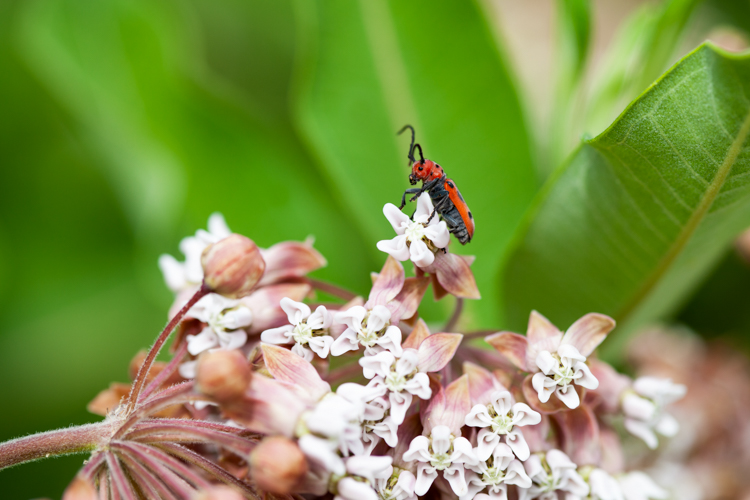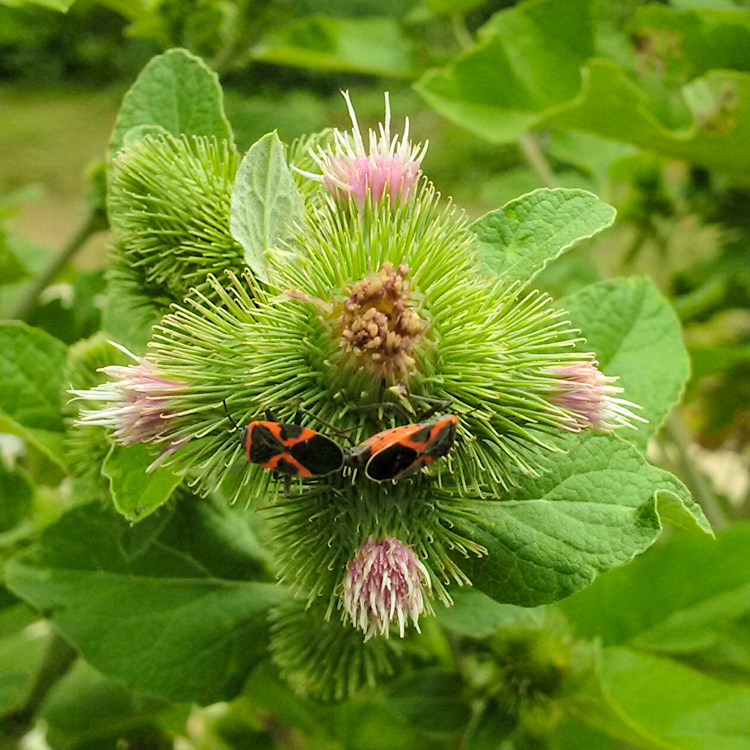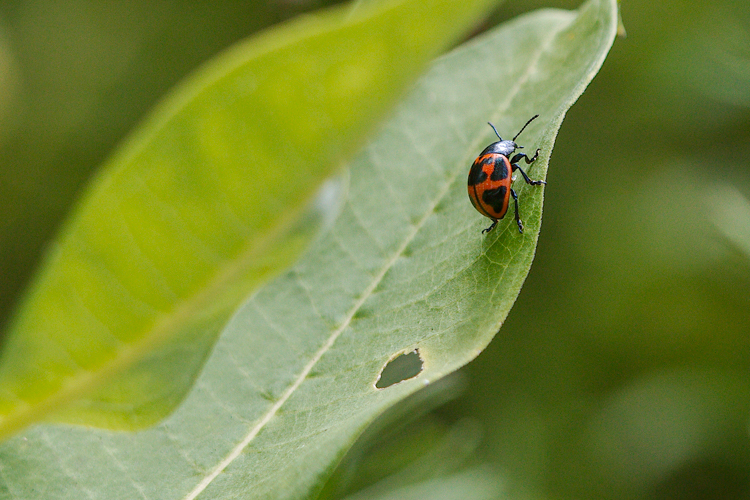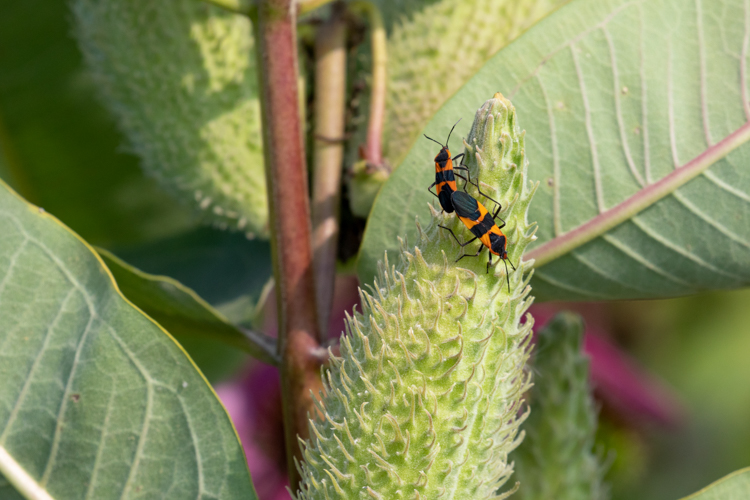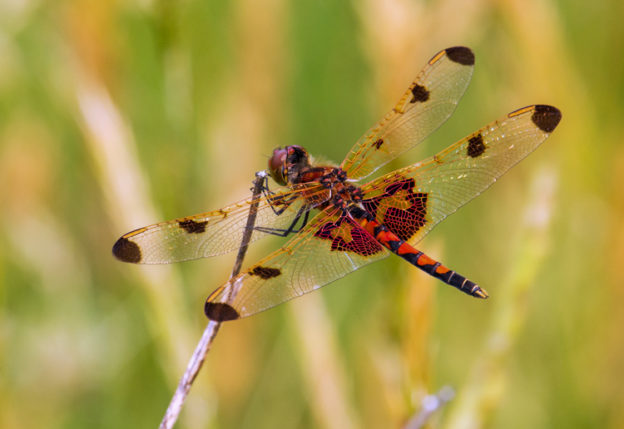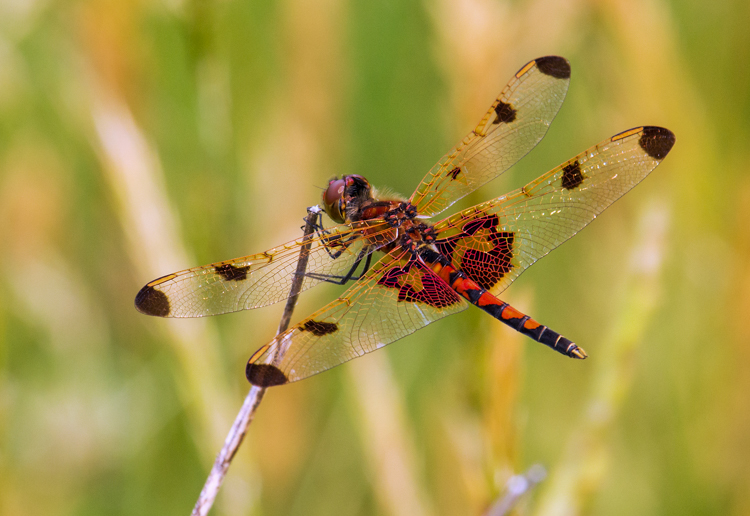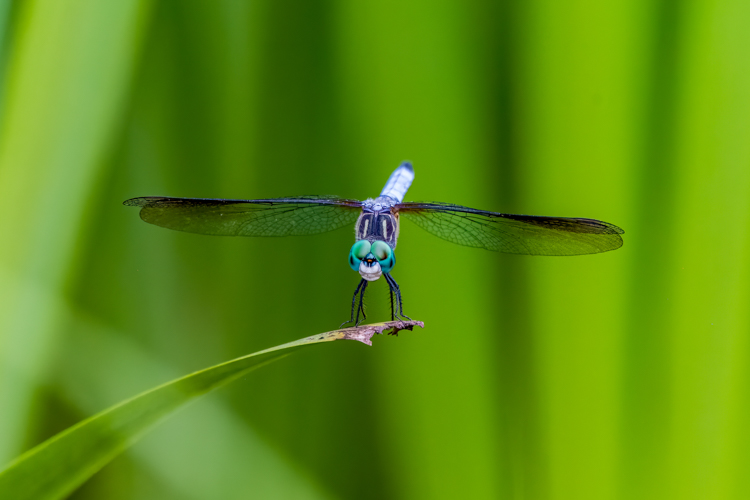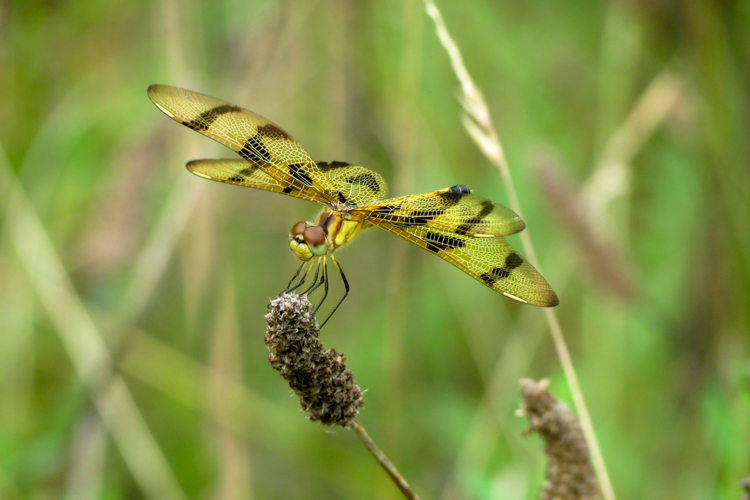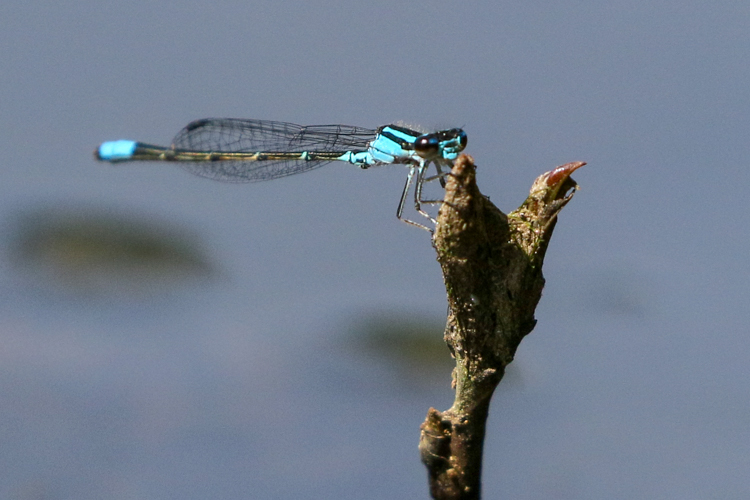It’s well-known that Monarch caterpillars (the larval form of Monarch butterflies) rely on plants in the milkweed family as their sole source of food. But milkweeds actually support many different insects, in addition to Monarchs.
Most notably, this includes two insects in the seed bug family—large milkweed bugs and small milkweed bugs—and two from the order of beetles—red milkweed beetles and swamp milkweed leaf beetles.
You may notice a theme as you look through these five photos of milkweed-loving insects: they’re all dressed in the same colors! They tend to sport eye-catching black-and-orange or black-and-red coloration to warn would-be predators of their toxicity and bitter taste, a defense mechanism called “aposematism”.
Most of these species pick up their toxicity from compounds called “cardiac glycosides” found in the milkweed they eat, but some, like the swamp milkweed leaf beetle, are only faking it—they don’t store the toxins in their bodies, but mimic insects that do in order to capitalize on their predator-repelling powers.
